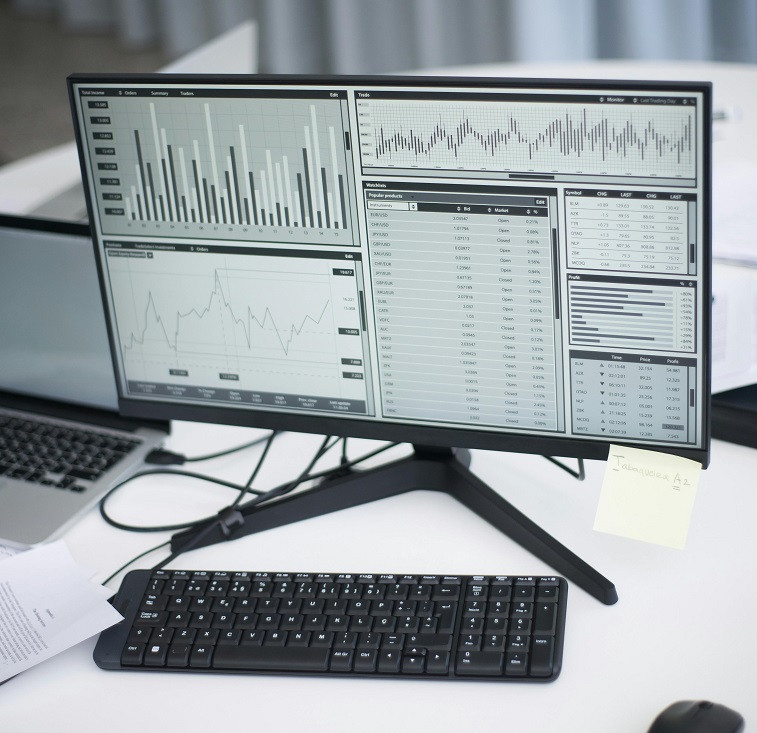In the world of digital marketing, DOOH Campaign Dashboards have become indispensable tools for monitoring, managing, and optimizing out-of-home (OOH) advertising campaigns. As businesses increasingly shift toward data-driven strategies, having real-time insights into campaign performance is essential for maximizing impact. But what exactly is a DOOH Campaign Dashboard, and how can it benefit your business?
What Is a DOOH Campaign Dashboard?
A DOOH Campaign Dashboard is a centralized platform that provides marketers with real-time data and analytics on their digital out-of-home (DOOH) advertising campaigns. These dashboards allow advertisers to monitor key performance indicators (KPIs), such as impressions, reach, audience demographics, and engagement levels, all in one place. By consolidating all relevant metrics, the dashboard makes it easy to track the effectiveness of your campaigns and make data-driven decisions to optimize performance.
DOOH Campaign Dashboards are typically equipped with advanced features like:
- Real-time performance monitoring: View up-to-the-minute data on how your campaigns are performing across multiple locations.
- Audience insights: Track demographics such as age, gender, and foot traffic patterns to ensure your ads are reaching the right people.
- Creative performance analysis: Compare the success of different ad creatives to identify which messages resonate most with your audience.
- Geotargeting data: Understand how different locations impact the effectiveness of your campaigns by analyzing local audience behavior.
The Benefits of DOOH Campaign Dashboards
Using a DOOH Campaign Dashboard offers several key benefits for businesses looking to improve the effectiveness of their OOH advertising:
- Real-Time Campaign Adjustments: One of the primary advantages of DOOH dashboards is the ability to make real-time adjustments to campaigns. If an ad isn’t performing as expected, advertisers can change creative, targeting, or placement instantly to optimize results.
- Improved ROI Tracking: With access to detailed performance data, businesses can directly measure the return on investment (ROI) of their DOOH campaigns. This allows advertisers to allocate budget more efficiently and focus resources on the highest-performing ads.
- Enhanced Audience Targeting: DOOH dashboards provide granular audience data, allowing marketers to target ads more effectively based on location, time of day, and audience demographics. This level of precision helps ensure that campaigns reach the most relevant viewers.
- Cross-Channel Integration: Many DOOH dashboards offer integration with other digital advertising platforms. This means that marketers can track and compare the performance of their DOOH campaigns alongside online campaigns, creating a holistic view of overall marketing efforts.
Expert Opinions on DOOH Campaign Dashboards
Industry experts emphasize the growing importance of DOOH Campaign Dashboards in the evolving advertising landscape. Sarah Matthews, a marketing strategist, states, “DOOH Campaign Dashboards have revolutionized the way we approach out-of-home advertising. The ability to monitor and optimize campaigns in real time is invaluable. We no longer have to wait until the end of a campaign to assess its effectiveness; we can make adjustments as we go.”
Similarly, Tom Brown, CEO of [Digital Ad Insights], notes, “The data that DOOH Campaign Dashboards provide goes far beyond what was previously available in traditional OOH campaigns. Advertisers now have a wealth of insights at their fingertips, allowing them to target their audiences with pinpoint accuracy and maximize ROI.”
Real-World Examples of Success
- PepsiCo: PepsiCo used a DOOH Campaign Dashboard to manage its summer digital out-of-home campaign across major cities. By monitoring real-time performance data, the company was able to optimize ad placement and tailor content to different regions, resulting in a 20% increase in brand visibility and higher engagement rates.
- Adidas: Adidas leveraged a DOOH Campaign Dashboard to track its campaign promoting new sneaker releases. By analyzing audience demographics and foot traffic patterns, Adidas was able to target ads to areas with high youth populations, leading to a significant boost in both online traffic and in-store purchases.
- Netflix: Netflix utilized a DOOH Campaign Dashboard to promote its new series across multiple countries. By integrating audience data and geotargeting, the company fine-tuned its campaign messaging for different regions, resulting in higher viewer engagement and an increase in subscriptions in targeted areas.
Conclusion
In today’s data-driven marketing landscape, DOOH Campaign Dashboards are essential tools for businesses looking to maximize the effectiveness of their out-of-home advertising efforts. By offering real-time data, audience insights, and performance analytics, these dashboards enable advertisers to make informed decisions that improve campaign performance and drive better results. As more brands continue to adopt DOOH technologies, having a comprehensive and powerful campaign dashboard will be key to staying ahead of the competition.
For more insights on optimizing your digital out-of-home advertising, visit Confirm and start leveraging the power of DOOH Campaign Dashboards today.
